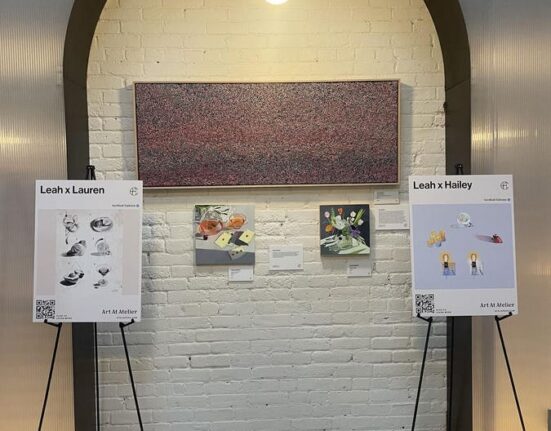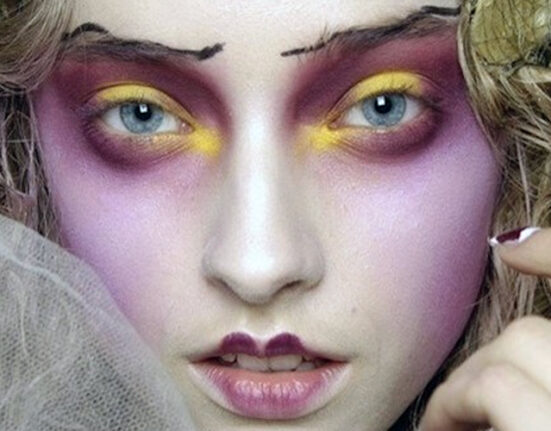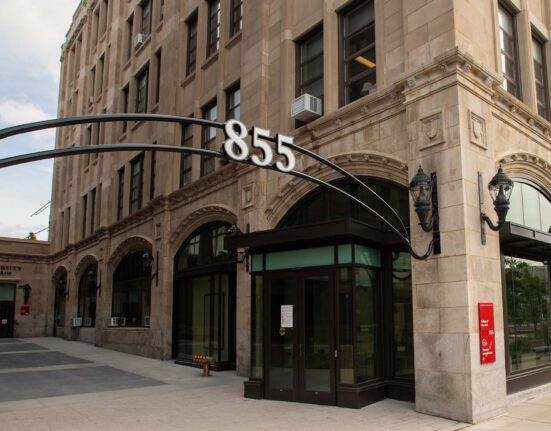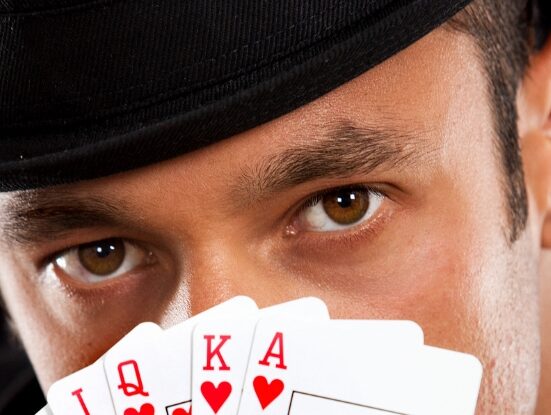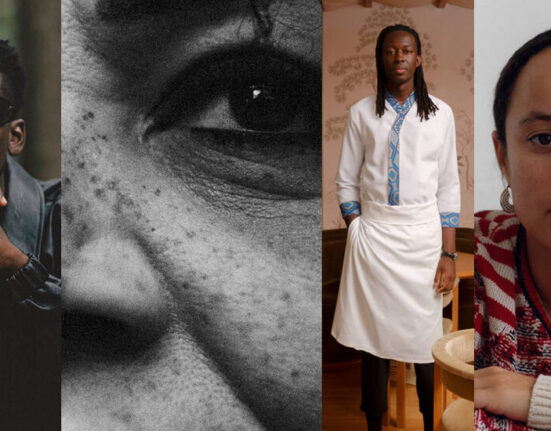Art is a resonant source in a near-constant orbit around my life and work, so I was immediately drawn to Bianca Bosker’s new book. Get The Picture titillates as a peek inside the closed society of fine art, as the author infiltrates art dimensions that mere mortals dare not enter. The hallowed art halls are exclusive by design, and Bosker confirms it.
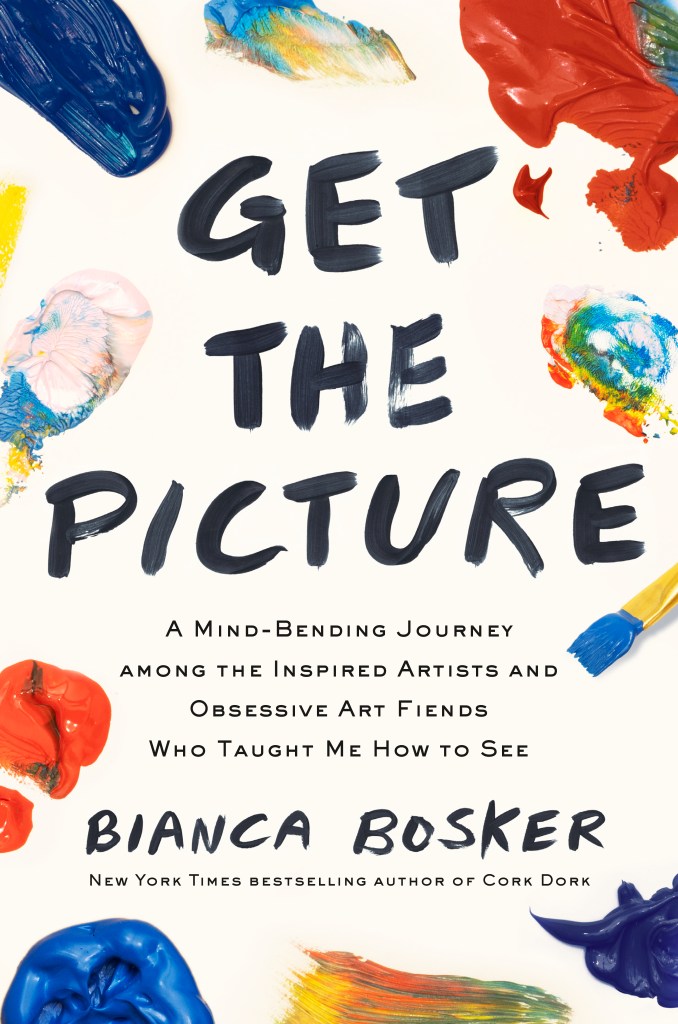
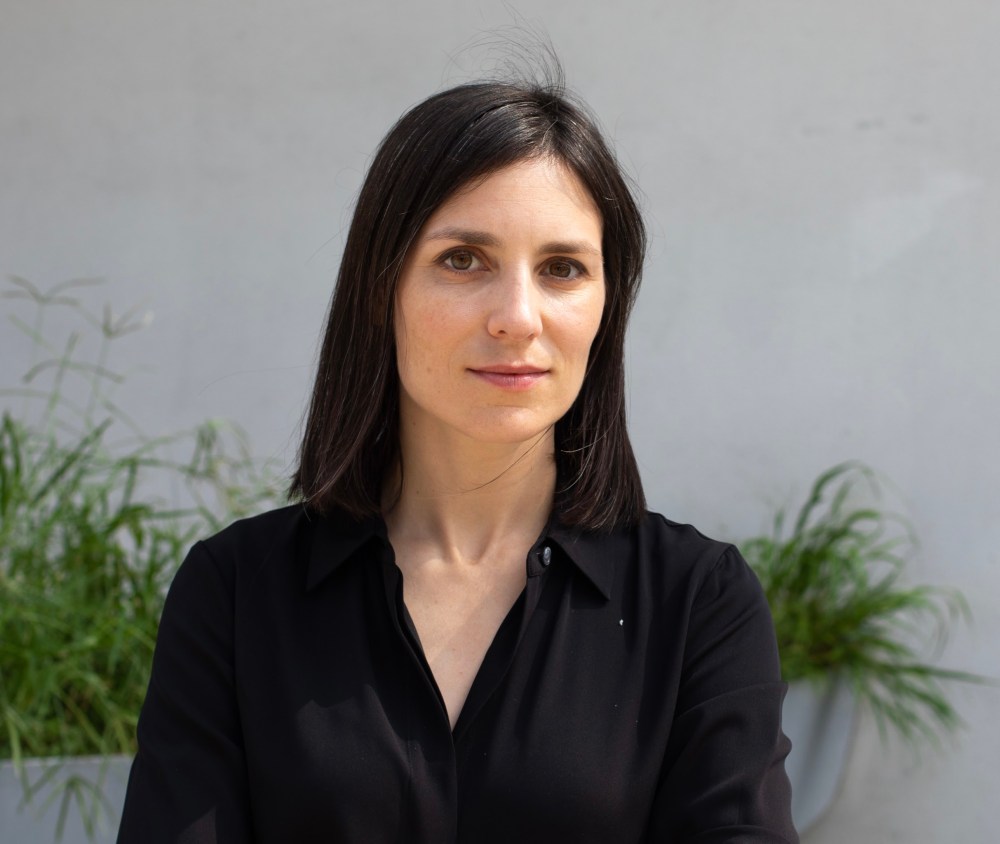
You aren’t alone if you’ve ever responded with ‘huh?’ to someone speaking International Art English at you, or felt icky about the unspoken social capital at work at a gallery opening, or found yourself struggling to come up with the correct answer to ‘But, what do you see?’ when standing in front of a painting or sculpture.
The promise to confirm all my sneaking suspicions propelled me into the story. Many moments provide red meat for my inner judge, not least of which was Bosker’s hoop-jumping first assignment as a Brooklyn gallery assistant and her expectations around her first Art Basel Miami. But alongside this look at the art glitterati under a microscope is a softer, more personal story about a woman yearning to understand why art is so important. Why did Bosker’s grandmother teach art in a displaced persons camp in Austria after World War II? Why do world cultures honor art as essential as air, food, and shelter? Why do artists toil away in their studios for years in obscurity with little financial reward? When artists do ‘make’ it, why do they put up with the incredible heaps of bullshit from the art-capital machine?
This why is the essence of Bosker’s research in Get The Picture. I sat down with her to discuss the book, and we veered into art, writing, and life. Our interview is condensed for length and clarity.
Reading Get The Picture, I was struck by how untouchable and unknowable the art world is, and I couldn’t help but draw parallels to the publishing industry. As a writer, did your immersion change how you view your place in your industry and the process that writers go through?
So much about the world is magnified by the art world: the way we judge quality, the extreme wealth disparities, and the power of gatekeepers.
I went into this process to develop me eye, to learn to see the world the way hyper-obsessed art fiends look at it. I wanted an answer to how a work of art goes from being the germ of an idea in someone’s studio to a masterpiece that we ooh and ahh over in a museum? I learn by doing, and so my way of learning was to throw myself in, to insert myself into the nerve center of the art world. It’s very different to listen to someone describe how they sell an artwork from schmoozing with billionaires for a week at an art fair and selling a $9000 photograph in the backseat of an Uber while people are doing cocaine around you.
Observing all the power plays behind the scenes, I couldn’t help but reflect on my own industry.
I learned that all the decisions that shape an artwork are all the decisions that shape us: what we define as art, who can make art, and why should we bother to engage with it? Throughout this process, my relationship with art changed but my relationship with everything else changed as well.
I hope that Get The Picture empowers people to develop their eye and trust themselves. And if we do that, then that has implications far beyond the art world. My hope is that people reading this book, whether they are in finance, or publishing, or simply developing a new recipe, is that it will spark them to think more expansively, but also to think more for themselves.
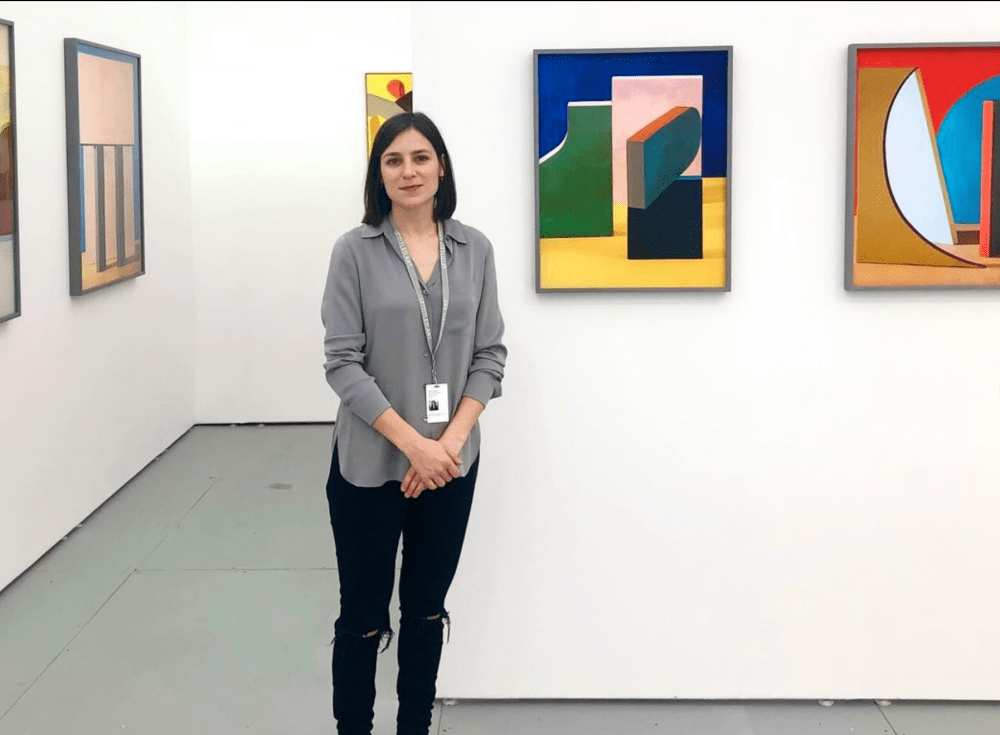
You mentioned it just now: the question of, well, “What is art?” Someone has to define it, right?
The intimidation we feel is not an accident. I got an intimate look at how the art world wields strategic snobbery to build mystique and keep people out. Based on what the art world advertises about itself, I expected to find this group of open-minded iconoclasts who wanted to share the magic of art with as many people as possible. But I encountered the clubby elitism that I associate with stodgy country clubs. Case in point: I worked for someone who encouraged me to get a makeover, rethink how I spoke and dressed, and rethink my “overly enthusiastic” personality. He wanted me to address what he saw as my fatal uncoolness. But you can also see this in how galleries hide themselves on the second floor of nondescript buildings. The way that art aficionados use this unnecessarily complex, made-up language of art speak. The way that gallery professionals judge you even more than you judge the work. All of this contributes to this deliberate gatekeeping.
Through tracing the history of the museum, I was surprised that these seemingly “public” institutions have historically had mixed feelings about letting in the general public. Deliberately or accidentally, the art world erects these barriers to preserve power in the hands of gatekeepers, to preserve the mystique, and to preserve it as the playground of an anointed few. Getting to see all of this helped me feel validated. The art world is doing anything but rolling out the welcome mat for the “Schmoletariat.”*
[*Joe Schmoes, aka Schmoes, is the term for the rest of us. Bosker first learned this term from the same gallerist who had suggested a makeover.]
We’ve been told for the last 100 years that everything that matters about a work of art is THE IDEA. This outsized importance on context has effectively put up a barrier to anyone engaging with works of art. Gallerists I met offered data points, often “a cloud of names,” such as where an artist went to school, the social capital of the artist, who their friends are, and even who the artist has slept with.
Being a museum guard at the Guggenheim made me rethink my relationship with art history and museums. I’d always thought of them as these unimpeachable custodians of the best culture had to offer, and working in galleries and museums shook my faith in that idea. You come to understand that that piece over there is only in the show because one person or collector forced it to go in. Or that a curator took a rich person by the elbow through an art fair and then said collector bought two copies of a piece and sent one to the museum collection. What we see in these hallowed halls of culture is not necessarily the “best” but the result of a series of decisions by flawed individuals who are all like us – read subjective.
Ultimately, when you see what’s at play, it loses a little bit of its power. Everything you need to have a meaningful relationship with art is right in front of you.
My hope is that people reading this book, whether they are in finance, or publishing, or simply developing a new recipe, is that it will spark them to think more expansively, but also to think more for themselves.
Bianca Bosker
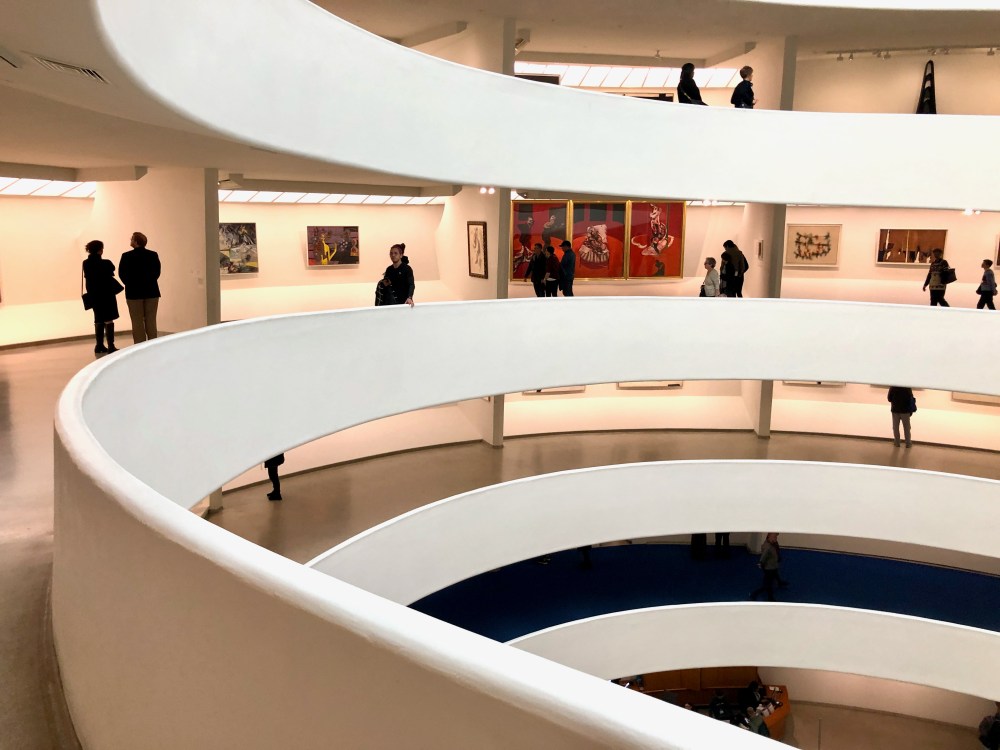
How did this experience change the way you engage with art?
As I worked with Julie Curtiss in her studio, I realized that an idea is not a painting. Making art is practically athletic. It is a bloody business; you must wrestle with the laws of gravity. Following an artist’s decisions offers us a path into the piece.
One artist encouraged me to notice five things about an artwork. They don’t need to be big. It could be as simple as “I wish I could lick that green” or “that corner of the canvas seems unfinished.” This process also lends itself to slowing down and ignoring the wall text.
Art is a practice for appreciating life, but art is also a practice for creating a life worth appreciating. Art teaches me to open myself up to the beauty and surprise of everyday life.
We can have that experience of art where our mind jumps the curb.
Bianca Bosker
I loved your relationship with Julie (Curtiss). You describe her expansive mindset; her apartment full of her artwork, other artists’ work, and stuff she’s found along the side of the road and elevated as ‘sculpture.’ Can you talk about what you got from working with Julie in her studio?
Julie changed my life. One thing I appreciated about her was that she taught me how to look at the world with an art mindset. When you do that, the world opens itself up to you.
I’d always thought of art as a luxury. Yet artists behave as if art is something absolutely essential. But, I was surprised to find that scientists were right there with them, calling it a fundamental part of our humanity. As one biologist said, “as necessary as food or sex.” One scientific idea that intrigued me was that “art can help us fight the reducing tendencies of our minds.” Vision is a hallucination. Our eyes are different, and the data we take in is paltry. Our brains proactively compress, filter, and dismiss the data before we get the whole picture. Art helps us lift our filters of expectation, allowing us to take in the full nuance and chaos of the world around us.
Lifting this filter, like Julie, exposes us to a great nuance of experience, but we can also see art where we never did before. And we can have that experience of art where our mind jumps the curb.
Let’s spend less time looking at so-called masterpieces and more time looking at underappreciated art that surprises us. It’s difficult, if not impossible, to fix all the flaws in the machine, but we can begin to build a better art world by broadening our horizons about what we choose to go and look at.
Julie taught me that art can emerge when we slow down, when we question, when we lift our filter of expectation, and when we look at something and wonder about it.
Beauty is a moment that nudges us to wonder about the world and our place in it.
Bianca Bosker

How did your relationship with color change? It blew me away when you talked about your experience at the Visual Science of Art Conference in Belgium.
So much of what we understand of vision science was discovered by artists before scientists discovered it. These historical divisions are more flexible than we currently think.
Vision has always been celebrated as the most trustworthy of the senses. We’re told that good data comes from our eyes. I was shocked to learn that vision is a hallucination. I didn’t realize how slippery color is—it’s befuddling but also a gift. I became enchanted with color and by this concept of color constancy. Color is a great place to feel your filter of expectation at work.
My love affair with color has only intensified. I’ve started wearing more color. Color spotting has become a hobby. The other day, I was on the subway, and rather than pull out my phone, I watched the ticklish orange of the seats, and it was a delight. It was like eating a delicious snack. I’d never thought of color having that hedonistic dimension, but it does. My two-year-old son is currently learning colors, and I think I’m confusing him. I can’t unsee the variety in colors that might live in the middle. While he sees blue, I see more green. But I’m not going to correct him. When it comes to color constancy, who actually knows what color it is? This knowledge has given me some humility.
So, what did you learn from AllFIRE (the performance artist who sat on your face)? The thought of it scandalized me. At the same time, if art is supposed to get us slightly off-balance and spark questions about our thinking, our biases, and our outmoded ways of thought, then, by that token, AllFIRE is art on steroids. I appreciated the internal conversation you invited readers to have with themselves.
Art doesn’t have to be a physical object. It can be a behavior. Art is a handshake between the viewer and the creator.
The night in question, I did not leave my house that evening expecting to be sat on by a nearly naked stranger. Weirdly, my mind went to my fictional future political career, and I felt nervous and concerned. To my surprise, I was very much at peace once she was on my face. Afterward, I felt intensely conflicted and intrigued. As I engaged deeper with her work, it took me to an interesting place. Her work hits at the definition of art. It taught me to look for art in places I didn’t expect to see it and helped me see it in places I didn’t anticipate. Everyone can have an opinion about AllFIRE’s work (not just in the art world). It’s accessible. Her work caused me to think so deeply in ways that many abstract sculptures or more obvious art forms did not. Her work is not uncontroversial. It’s not easy. And it’s not for everyone. But, I hope that people go through this journey with me from thinking it’s absurd and, by the end, happy that she helped you consider these questions. That’s a gift that can knock our brains off their well-worn pathways and let the universe jostle our souls.
At the beginning of the book, you fondly mention your grandmother’s watercolor of carrots. Do you have a different relationship with her carrots after going through this experience?
For me, it brings up our relationship with beauty. Beauty has become a dirty word—in the art world, in elite society. There’s an idea that beauty is corrupted, frivolous, and a waste of time. That it’s old-fashioned. I came to feel differently about beauty. It’s essential. It’s not something that can be found in a color, a shape, or morality. Beauty is a moment that nudges us to wonder about the world and our place in it. Beauty is something that pulls us close and pulls us deeper into life.
With that, there’s a value in challenging our idea of beauty. One of art’s gifts is the ability to stretch our ability to see beauty in places we never thought to look.
Regarding my grandmother, I wonder how she’d answer these questions for herself if she were alive. The way she turned to art when the world was turning itself inside out speaks to the primacy of art in our lives.


